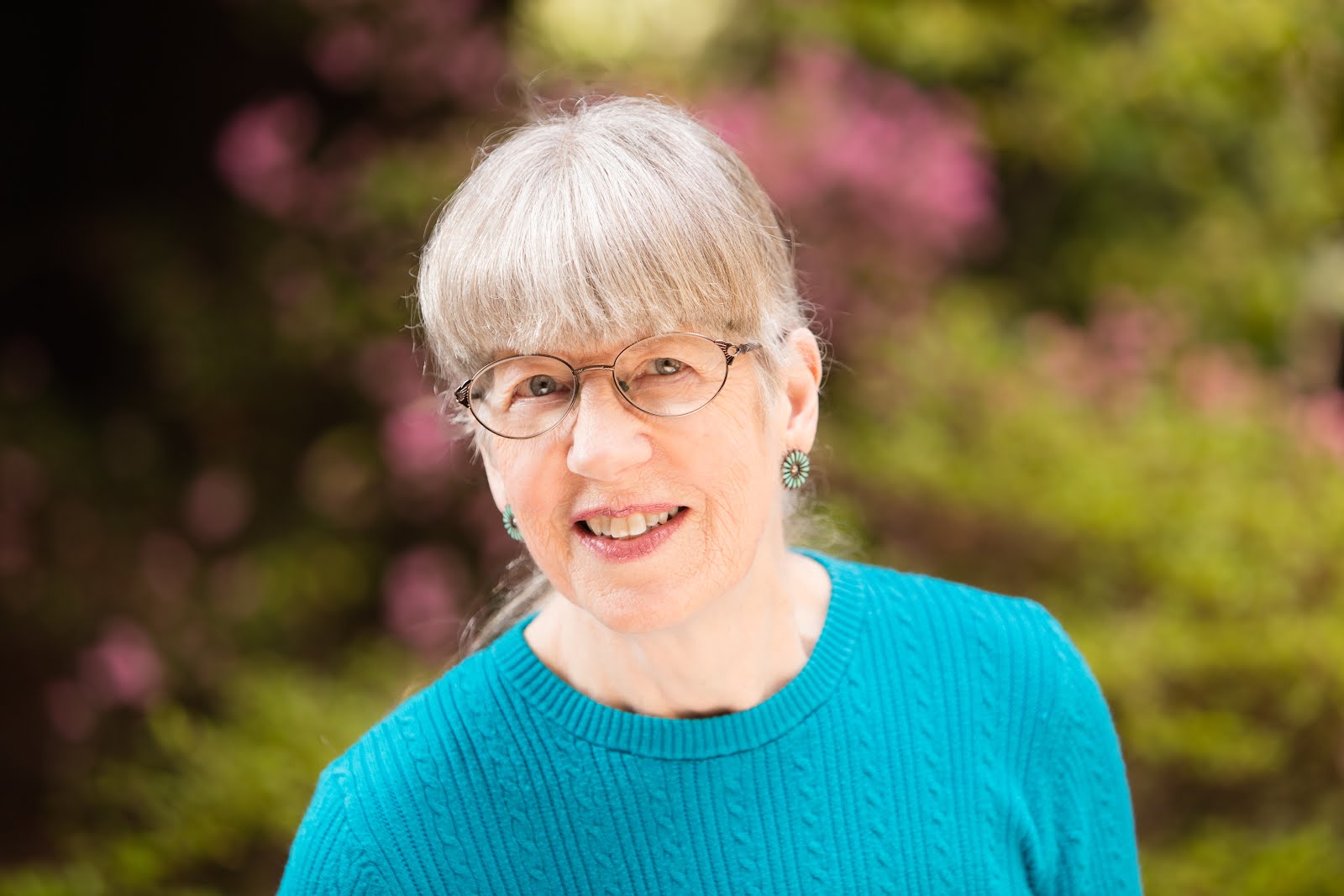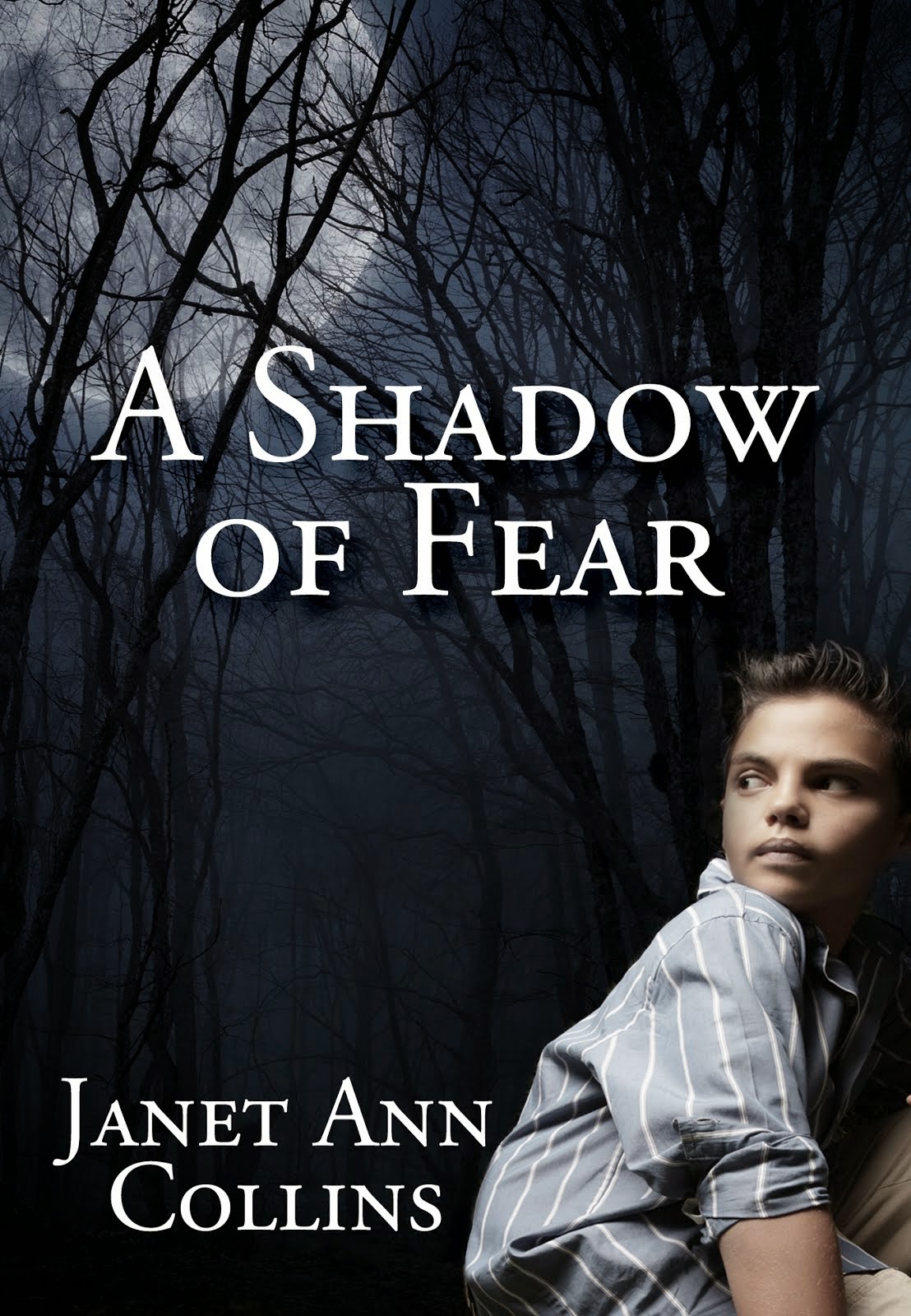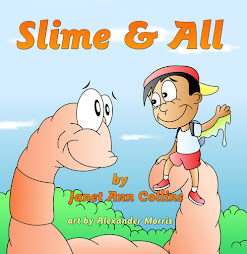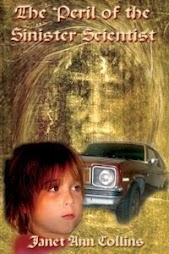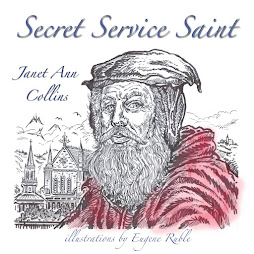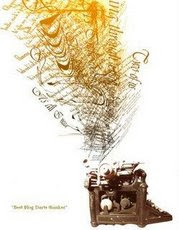Saturday, October 31, 2009
Where the Wild Things Are
Wednesday, October 28, 2009
Medieval Manners
Saturday, October 24, 2009
Shroud Poems
Since my tweener fiction book, The Peril of the Sinister Scientist, is about a kid who thinks he was cloned from the blood on the Shroud of Turin a friend, Rev Earl Langguth, gave me these two poems he wrote with permission to post them here.
SEQUENCING JESUS
Might Turin’s shroud be stained with Jesus’ blood?
Could we from it extract some DNA?
What might this tell us of our Saviour’s birth,
And might it cause the faithful some dismay?
While mitochondria from Mary came,
Might autosomes suggest a man to blame?
But then, how did the Holy Spirit work?
Could sequencing detect divine control?
Since Jesus was as human as ourselves,
Would not His chromosomes be normal, whole?
I doubt we could the slightest change display,
Divinity’s not shown by DNA
God’s Spirit did that special babe conceive,
He was to live and grow as Joseph’s son,
Would not the genes of David’s line be there,
As if with Joseph’s seed He was begun?
God’s Word is seen in all He did and said,
God sealed it by His rising from the dead!
SEND IN THE CLONES
Geneticists now seem about to gain
Abilities undreamt of in the past,
The monk named Gregor Mendel found the key
To make us think to master life at last.
The double helix yields its complex mold
As mystery relinquishes control
We hope at length to use new knowledge vast,
But know you this: you cannot clone the soul!
If you could clone a man, you’d get his shape
His kind of hair, his eyes, his build, his skin;
And outwardly you’d think him quite the same
But lawlessness would reign there, deep within
An animal in man-shape, not a man
You would achieve, far short of reason’s goal,
Without a spirit, lacking right and wrong—
Because, you see, one cannot clone the soul!
Oh yes, perhaps some scientist will strive
To clone himself— his wife— perhaps his kin;
And he’ll endure the years which then must pass
Before his claims to fame might then begin;
But he will soon discover how he’s failed;
His creature’s nature will be flawed, not whole
A beast which looks quite human, but is not!
Be warned: we cannot think to clone the soul!
Wednesday, October 21, 2009
Tiny Angel
Saturday, October 17, 2009
Skeletons
Wednesday, October 14, 2009
Where Does Food Come From?
Saturday, October 10, 2009
Case of the Missing Sock
Wednesday, October 7, 2009
Folk Song for Writers
Advice
by
Janet Ann Collins
( To the tune of Get Along Home, Cindy)
“I’d like to write some novels
And stories, books, and rhymes.
I want to write some articles
And sell them every time.”
“Sit down and write,
Then you mend ‘em.
Sit down and write,” I say.
“Sit down and write,
Mend ‘em, send ’em.
That’s how you’ll sell someday.”




